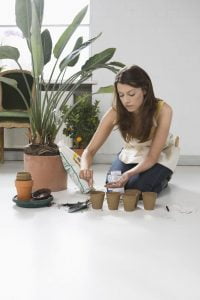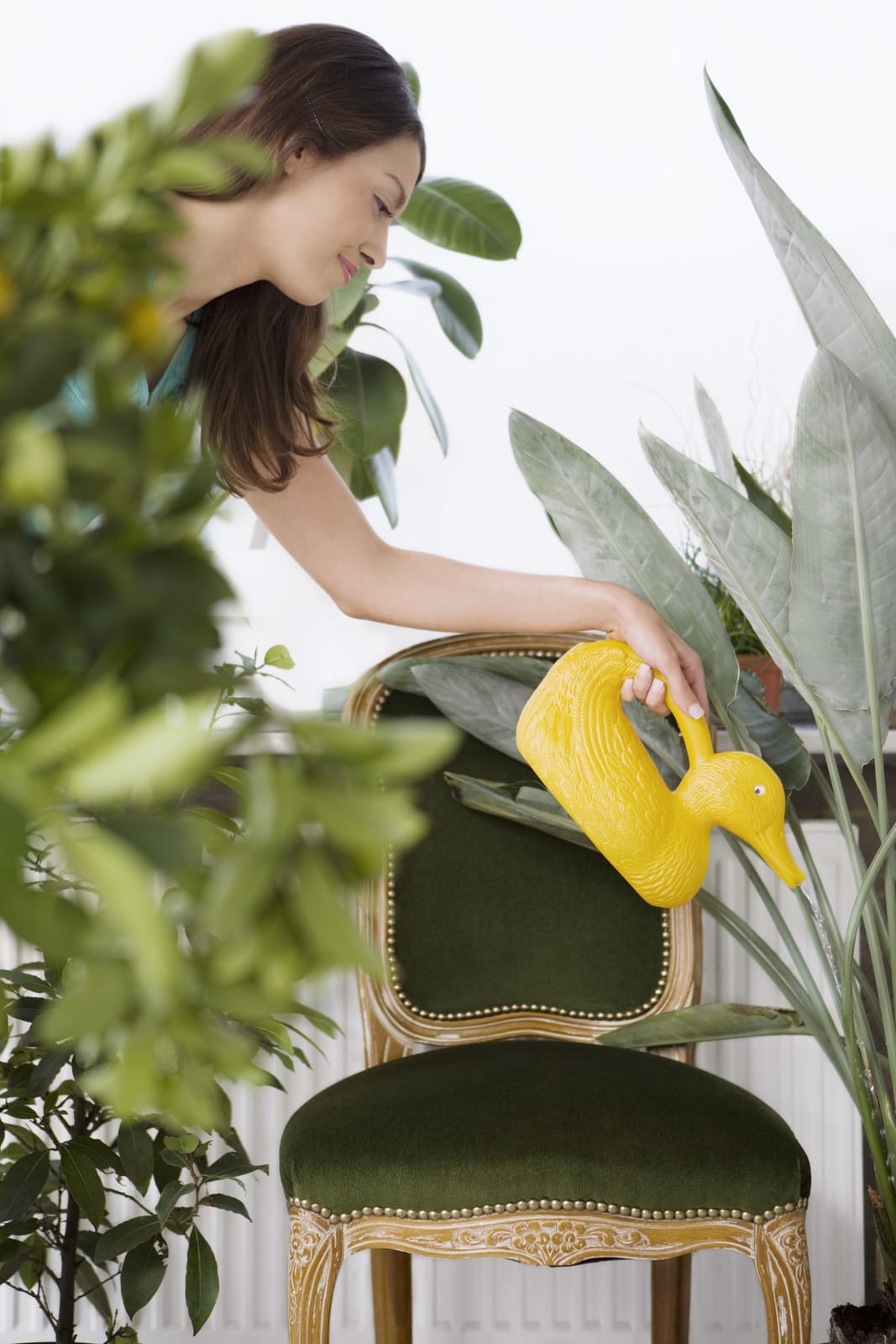If you ever faced a situation where your indoor plans get wilted and withered, you need to know how to take care of plants indoors. You must think that you aren’t good with plants. However, that is not the case. In truth, anyone can be a good plant owner, and the process isn’t that complicated. We will tell you about some tips that will ensure that you can take care of plants without hassle.
1. Providing your plants with water constantly.
You need to keep your potting soil ‘moist’ and not ‘wet’. If your soil is either too wet or dry, it is harmful to the plant and prevents it from growing. There are various cases where over watering or under watering can kill it! Now that is something which you seriously want to avoid. To keep your indoor houseplants lush and green, provide them with an appropriate amount of water daily. No set frequency works for all indoor plants. Instead, you must first determine what kind of plant you own and then water it accordingly.
2. Apply water to your indoor plant that is at the room temperature
The perfect temperature for the water for your indoor plant is 68° F or 20° C. With the help of a thermometer, you can check the water temperature. You can also leave the water at normal room temperature for some time till it settles.
3. Stick your finger in the potting soil and determine how wet is the soil beneath
If you poke your finger inside the soil, you can easily feel if your plant requires water or not. If the water feels damp, there is no need to apply extra water. Overwatering the plant can lead to the rotting of its root. If the soil feels dry, then you would need to water it!
4. Caring for your indoor plants
Select a place in your house that gets an adequate amount of sunlight. Plants need sunlight to undergo photosynthesis when it is about the plant’s growth; the quality, duration, and intensity of light-matter the most.
You should make sure that your plant isn’t placed in direct sunlight. Instead, put it in such a location in your room that is well lit so that an adequate amount of indirect sunlight is received by your indoor plant.

5. Do not move your plant around too much.
Like humans, plants can also adjust themselves to their surroundings. This, of course, happens at a languid pace. Henceforth, we suggest that you shouldn’t move your plant around too much! You shouldn’t place your plant in such a place where there would be a drastic change of temperature.
If you move the plant suddenly to a darker area from the sunlight, it has a negative impact on it. If you want to move your indoor plant from one place to another, take it to the new area for a few hours a day. Slowly increase the amount of time where you keep the plant in a new place. The plant will soon adjust itself!
6. Increase the humidity in the room
Dry air may serve certain plants well, such as cacti. However, most plants require a moderate amount of humidity to stay healthy. You can purchase a room humidifier with a cool mist. This will ensure that you can provide your indoor plant with appropriate humidity.
7. Fill the pot with a balanced 10-10-10 fertilizer.
Most houseplants require 10-10-10 fertilizer to thrive! House plants need nutrients from fertilizers and potting soils. If you do not report the plant or add new nutrients to the existing soil, your indoor plant would eventually die. 10-10-10 stands for the levels of nitrogen, phosphorus, and potassium.
If you own a flowering plant, you would need a fertilizer that is high in potassium.
If you own a foliage plant, you should get a fertilizer high in nitrogen.
8. Prune your plant regularly
Certain indoor plants require their roots to be pruned at different intervals. You should also take care of this factor because you need to determine if your indoor plant falls under this category. If it does, regularly prune your plants to ensure that your plant has a healthy growth rate and also prevent yourself from replanting it once again.
9. Know about your plants
There are various types of online encyclopedias available to provide you with the exact details on how you should take care of your indoor plant. Some relevant factors that determine your indoor plants’ well-being are humidity levels, sunlight exposure guidelines, and watering guides. Since houseplants differ significantly, it is essential to find the ideal for your specific type of indoor plant.
Wrapping it Up!
Here are the top 9 ways which mention how to take care of plants indoors. Ensure that you follow these steps accordingly so that your indoor plant doesn’t get hurt!
After all, they are also living beings!
